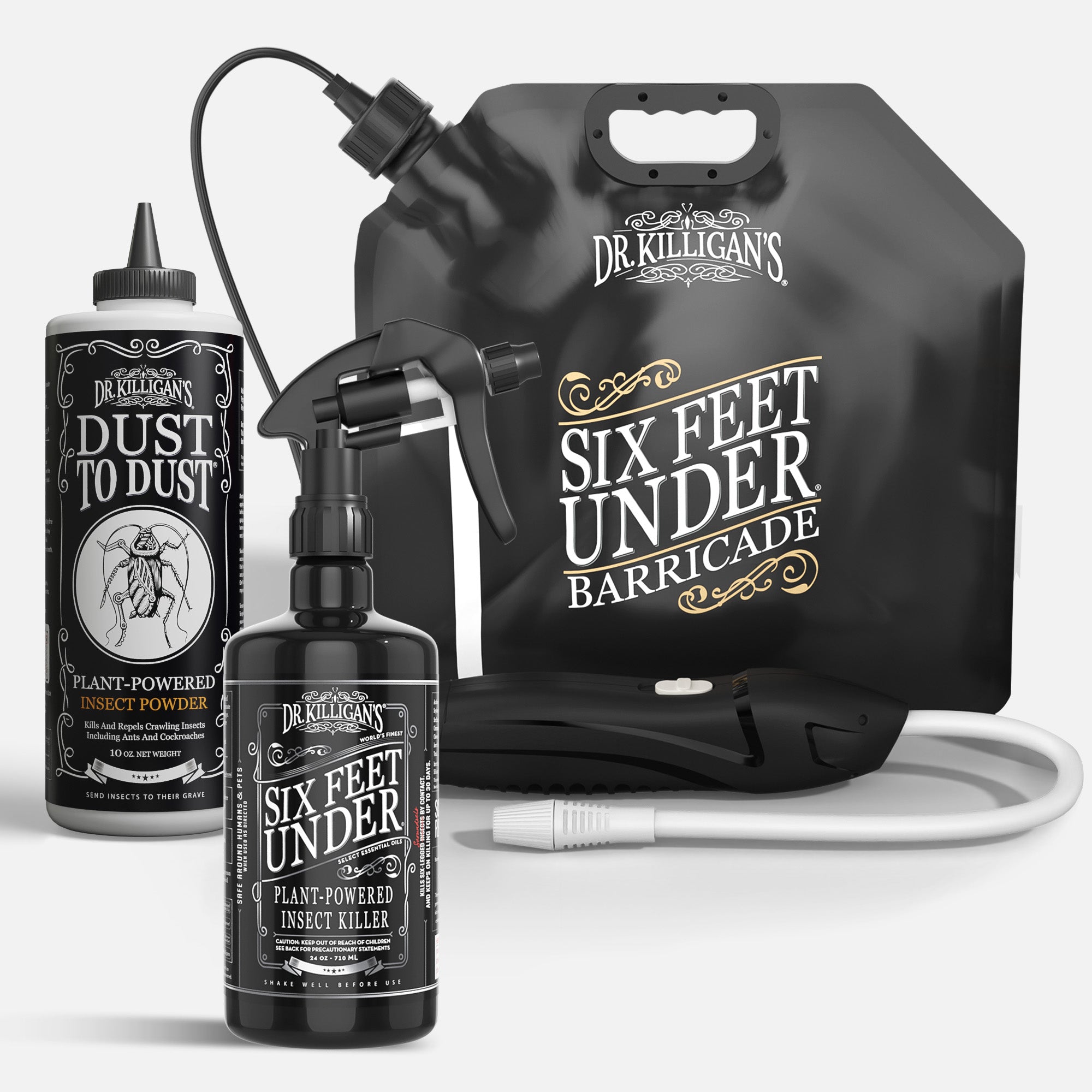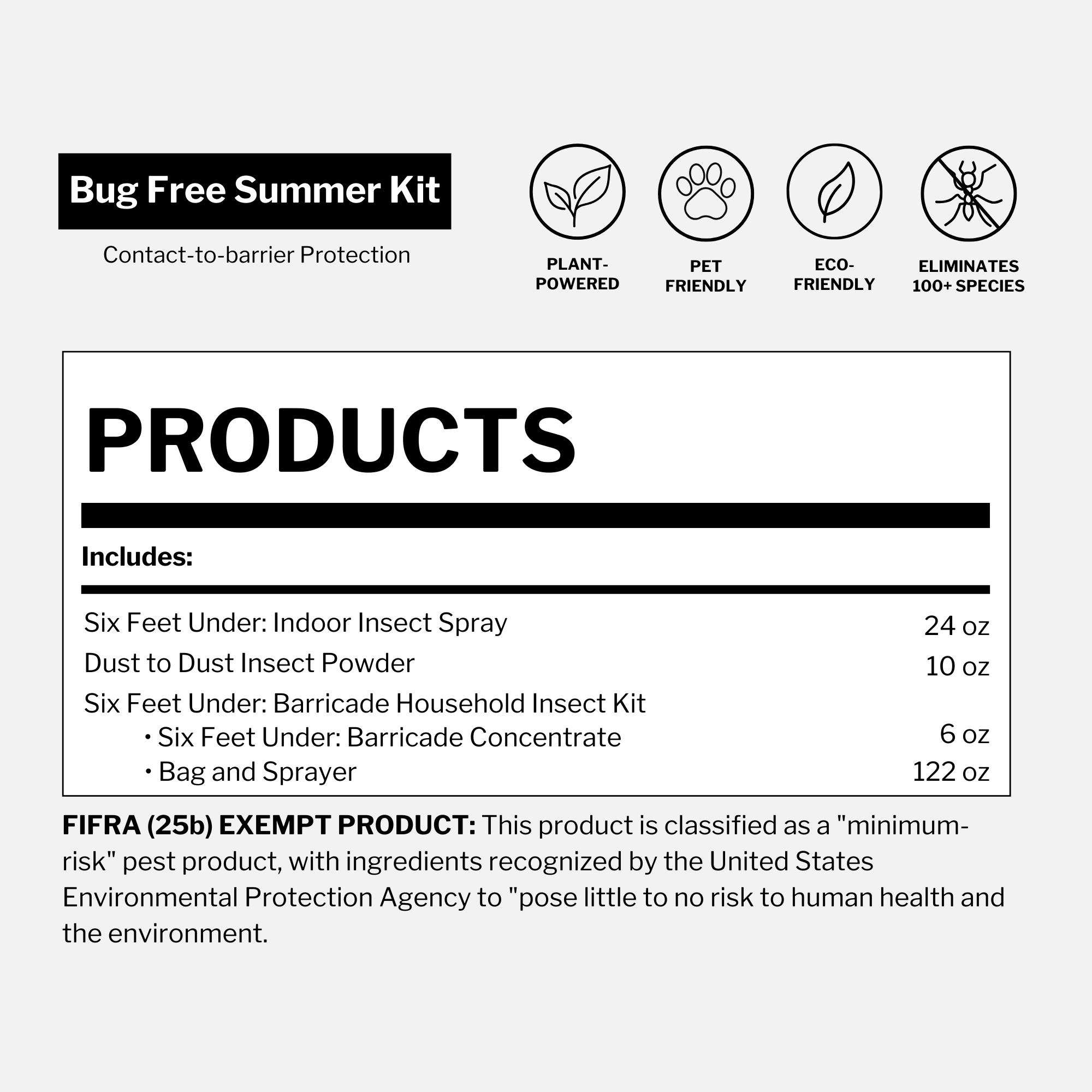Clothing moths - both the Tineola bisselliella and the Tinea pellionella species - are tiny pests that have an insatiable appetite, eating not just natural fibers like wool, silk and leather, but also venturing into the realm of synthetic materials when necessary. They spare no expense in their quest for a delectable meal, and if push comes to shove, they won't hesitate to nibble on pet fur or even gnaw through synthetic fiber clothing to access the precious natural fibers hidden within.
Clothing moths like pet dander:
There is a delicate dance between our beloved furry friends and the ever-increasing-presence of pesky clothes moths (not to be confused with carpet beetles.) If you are a feline or canine pet owner yourself, you can empathize with the constant battle against dust, dander and yes, copious amounts of fur that abound in your home. The sheer amount of fur these creatures shed on a daily basis is truly astounding. It's as if they have a personal mission to turn our homes into veritable breeding grounds for moths.
 Clothing moths possess an attraction to the tantalizing allure of pet fur and dander. While these moths are typically drawn to natural fibers like wool and silk, their interest in pet dander stems from a slightly different motivation.
Clothing moths possess an attraction to the tantalizing allure of pet fur and dander. While these moths are typically drawn to natural fibers like wool and silk, their interest in pet dander stems from a slightly different motivation.You see, cat dander and dog dander consists of tiny particles of dead skin that are shed by our beloved furry companions. These microscopic morsels, infused with the unique scent of our pets, act as an irresistible delicacy for clothing moths. The moths are not necessarily attracted to the dander itself, but rather to the scent it carries—a scent that serves as a reminder of the presence of our furry friends.
In the intricate world of moths, scent plays a crucial role in various aspects of their lives, including reproduction and survival. The aromatic compounds emitted by pet dander pique the interest of clothing moths, triggering their instinctual drive to seek out potential food sources and breeding grounds.
Pet dander, particularly when it accumulates in areas where keratin-rich fabrics are present, becomes an unintended delightful buffet for these persistent insects. It provides them with a supplemental food source, allowing them to sustain themselves and potentially lay eggs in the vicinity.
Note: As mentioned above, clothing moths do not actively seek out pet dander as their primary food source. Rather, it is an incidental attraction resulting from the unique scent profile of our furry companions.
Clothing moths came from my dog’s dander - A personal anecdote:
Allow me to illustrate the connection between pet dander and moth infestation with a personal story.
Picture this: In the depths of my stately abode, there was a peculiar phenomenon that unfolded. My loyal and ever-enthusiastic canine companion (which I will call Jack to protect his true identity) possessed an uncanny ability to attract the attention of not only myself but also a notorious clan of clothing moths. Now, these moths were not your ordinary variety, no. They were refined connoisseurs of fashion, with a taste for the finer fibers in life.

You see, Jack had a particular fondness for exploring the vast wilderness that lay beyond the boundaries of my estate. With every adventure, my black labrador returned home, bearing the gift of nature's bounty – in the form of copious amounts of dog dander. His magnificent coat, meticulously groomed and maintained, held within it the essence of his outdoor escapades.
Little did I know that his ventures into the wild had unwittingly attracted the attention of a clan of sartorially inclined clothing moths. Drawn by the allure of his unique scent, they infiltrated my impeccably organized closets, seeking the perfect garments to feast upon. These moths, you see, possessed a refined palate, preferring the elegance of cashmere and the sophistication of silk.
As I stood there, observing their audacious consumption of my prized wardrobe, I couldn't help but marvel at the juxtaposition of elements before me. Dog dander, symbolizing the untamed spirit of adventure, had inadvertently become a catalyst for a clandestine fashion show orchestrated by these voracious moths.
Intrigued and slightly amused by this unexpected turn of events, I embarked on a quest to restore order and protect my cherished garments from further moth-induced devastation. Armed with my wits and a newfound appreciation for the intricate dance between canine companions and clothing moths, I implemented a meticulous cleaning regimen that left no surface untouched and included the perfect placement of our top-of-the-line clothing moth traps.
With each vacuumed corner, every carefully sealed garment, every classic display of our clothing moth traps and the diligent grooming of Jack himself, I slowly but surely reclaimed my domain from the clutches of these sartorially obsessed insects. The delicate balance between dog dander and the fragile threads of my wardrobe was restored.

And so, my dear acquaintances, let this tale serve as a reminder that even the most unlikely alliances can form within the confines of our homes. Pet dander and clothing moths, though seemingly incongruous, can create a whimsical tapestry of events.
Note: Pet dander allergies, if you’re curious about this type of predicament, are an unfortunate reality for many. Pet dander is comprised of not only microscopic particles of a cat’s dead skin (or a dog’s dead skin), but also includes saliva and urine from our beloved furry companions. This dander can contain allergenic proteins that trigger an immune response in sensitive individuals. These reactions can manifest in various symptoms such as sneezing, coughing, congestion, itchy eyes, wheezing or skin irritation.
Our pets can create clothing-moth-loving conditions:
Furry pets do create conditions that make it easier for clothes moths to flourish. If you’re not careful and diligent in keeping your home free of excess strands of human hair and pet hair, or extra bits of dander and dead skin cells fur, you may find yourself entangled in a perpetual game of cat-and-moth (or dog-and-moth), with the odds stacked against you.
Pets and clothing moths have rugs and carpets in common:
Cats and dogs, beloved members of our families, have an innate fondness for rugs and carpets. They joyfully roll on them, take leisurely naps and sometimes even have accidents on them. These everyday interactions between our pets and our rugs create a perfect storm of temptation for hungry moths in search of an ideal spot to lay their eggs.
Imagine a rug that is not only adorned with luxurious natural fibers but also packed with the irresistible scent and texture of pet fur. It becomes an enticing feast for moth larvae, a fine dinner with a delicious dessert. The combination of natural fibers and pet fur provides a delectable combination that entices these pests, making your rugs (and carpets) an irresistible target.
How do I protect my rugs (and carpets) from clothing moths?
To protect your cherished rugs (whether wool, animal hide or of blended fiber) from the catastrophic damage that moth larvae can inflict, it is crucial to take proactive measures.

Regular vacuuming and professional cleaning are powerful tools in your arsenal, helping to remove what our beloved pets leave behind. Before vacuuming, lightly sprinkle a thin layer of Dust to Dust on your rugs and carpets. (This will both deter clothing moths and get rid of any current clothing moth infestations.) Remember to vacuum frequently, at least once a week, paying attention to both the front and back sides and consider using the Insect Buster for smooth, consistent Dust to Dust application.
Note: When vacuuming up Dust to Dust on a regular basis, I highly recommend using a vacuum cleaner with a HEPA filter, as the silica in Dust to Dust may cause wear and tear on certain vacuum cleaner components over time.
For professional cleaning, you may want to have your rugs or carpets cleaned by professionals. Professional cleaners are knowledgeable about the specific care requirements for different types of rugs and carpets. They have the expertise to assess the condition of your rugs, determine the appropriate cleaning method and apply the necessary treatments to achieve optimal results while minimizing the risk of damage.





















